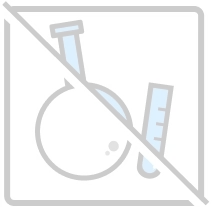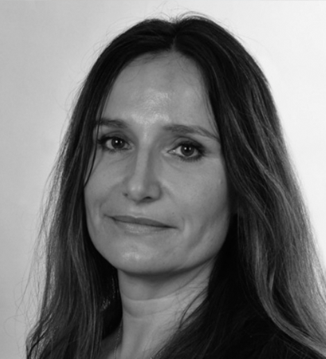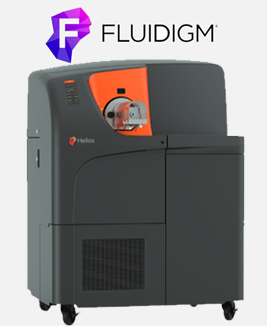Helios’ advantages over flow cytometry
The visualization in mass cytometry data is a major plus for Gavasso. “With mass cytometry, we’re finally getting a view of the elusive immune response in immune therapies. Disease systems are so complex. It’s great that we can look at a certain cell but not lose information about what other cell types are doing, or where they are within the immune system,” she said.
“Previously, this type of information was difficult to obtain in a single analysis with flow cytometry, and mass cytometry clearly expands our horizon,” she noted, “so we can monitor complexity.” Her team reported debulking in leukaemia during kinase inhibitor treatment as early as seven days after starting. They also saw where a medicinal antibody binds and in which cell subtype. “It is unprecedented. We would not do this on the flow cytometer. There are too many tubes that are difficult to combine, and you need a lot of controls.”
“Mass cytometry has amazing potential. I don’t want to use the word ‘revolutionize’, but it’s close to it. This is the first time we can clearly monitor the whole immune system for a really road view of what’s going on and what we should do.”
Gavasso works collaboratively with bioinformaticians to develop novel methods of analyzing data from the Helios™. Her group works closely with lab mathematicians on topology, studying spatial properties preserved through stretching, crumpling, bending and twisting of objects to verify methodological usability.
Cytobank™ is a boon, especially for studying the clinical dataset needed to integrate with information from the mass cytometer. “In previous clinical studies, we had to manually select cells and parameters of analysis. With the CyTOF® technology, we have made exciting improvements in our analysis pipeline,” she added. “Mathematicians here in Bergen actually come to us now asking for datasets.”


